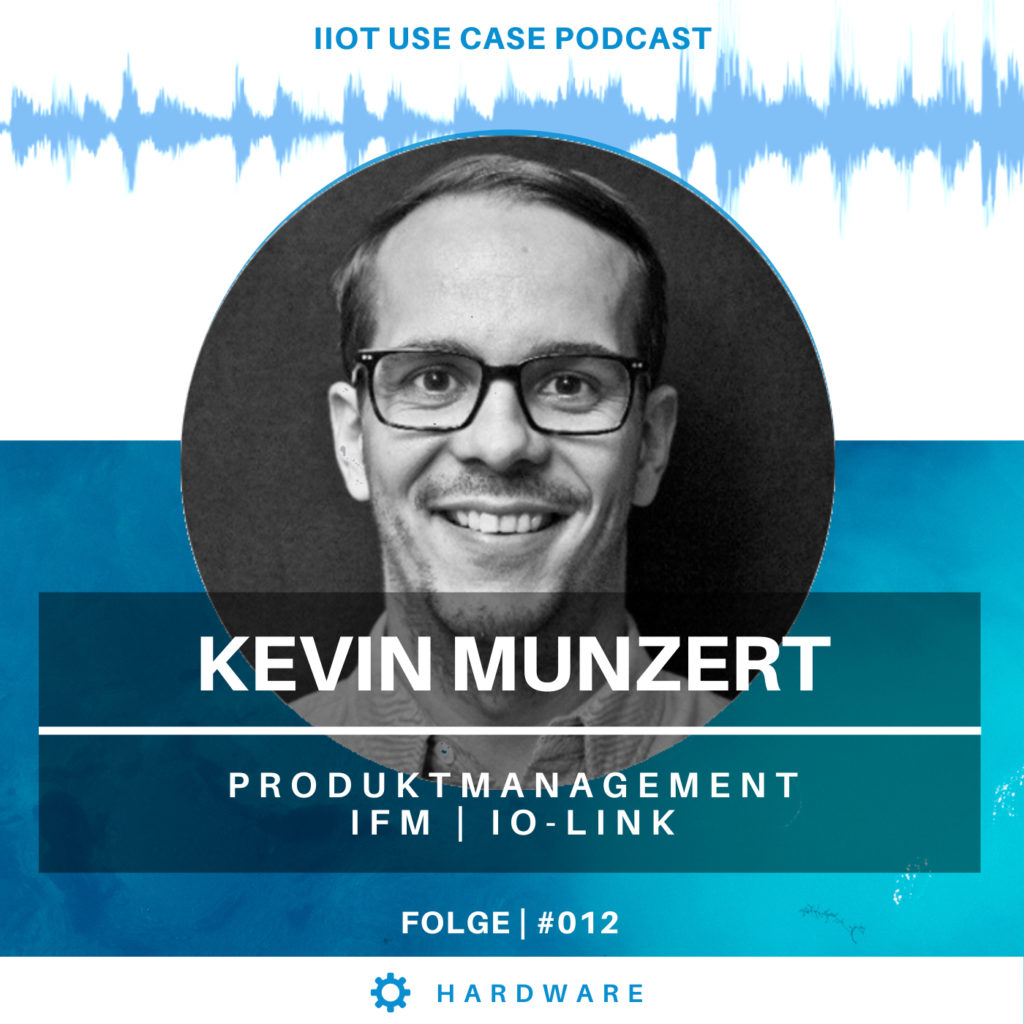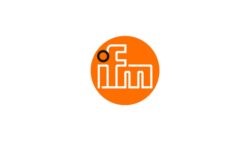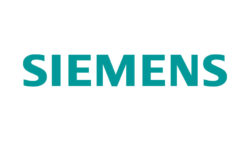Use Case 1 | Building Dryer – Burner Cycles and Heating Circuits
In this Industrial IoT Use Case Podcast episode I talk to Kevin Munzert, the product manager for io-link at ifm. Industrial IoT starts in the details with innovative solutions. Kevin Munzert from ifm explains the advantages from the combination of intelligent sensors and automatic communication systems.
Podcast Episode 12 | How do I send my sensor data via radio without detours simply and securely to the cloud ?
No limits with the io-key gateway from 2G to NB-IoT
The company ifm is known from the sale of sensors, controllers and systems for industrial automation and digitalization. The specialization is on solutions in the field of Industry 4.0 and especially on sensors and the transmission of measurement data. IO-Link is a standardized communication system via which sensors and actuators automatically exchange data. The IO-Link advantages become apparent in practice. The system is easy to integrate, efficient in operation and has high machine availability. This predestines the system for use in industry.
An IO-Link system consists of two components. The IO-Link master and the actual IO-Link sensor. The master takes over the control of the communication and transmits the data. Several sensors can be connected to one IO-Link master. The master represents the link between fieldbus and Industrial Ethernet. It thus acts as a gateway. This is how the transition from industry standard to the digital IT world succeeds. Due to the standardization of IO-Link, the two-sided integration can be realized without any problems. This is one of the advantages of the technology. With IO-Link Wireless, wireless transmission of data is also possible.
The IO-Link sensors can perform very different functions and are completely geared towards the industrial environment. There are IO-Link vibration sensors, temperature sensors with IO-Link, IO-Link pressure sensors and many other sensors used to measure physical data in industry.
Process optimization is possible with the technology of IO-Link. The advantages of digitization and automation can then also be used in the field of sensor measurements. Currently, it is very complex and comparatively expensive to centrally monitor sensor data from small or decentralized applications. High initial investments in the required infrastructure or costly cabling usually made such projects unattractive and unprofitable. IO-Link simplifies systems, reduces costs and introduces standardized interfaces.
With the io-key, the connection between the industrial application and the digital cloud is established. io-key docks onto IO-Link and essentially brings the same advantages. The complete system is compact and supports plug-and-play. io-key is developed by ifm and is specially designed for sensor applications at industrial level. The development takes place in close cooperation with the company Autosen. Autosen manufactures position and process sensors as well as condition monitoring sensors for industry and belongs to the same group of companies as ifm.
What is special about io-key is the way information is managed. Sensor data is continuously taken from IO-Link and then automatically transferred to the cloud. The io-key requires neither a SIM card nor a complex, individual configuration for this purpose. This way it is possible to perform condition monitoring with simple means. The io-key transmits the data from the connected sensors via mobile network (NB-IoT or 2G network) to a secure cloud, where it is clearly presented in a dashboard and available to the user at any time and any place.
For IO-Link and io-key, it is irrelevant what type of sensor data is transmitted. Information from capacitive sensors, Balluff sensors or sensors for position detection can be equally integrated into the io-key system. In practice, the versatility in particular has proven its worth. The io-key offers many possibilities for integration due to its communication technology 2G, CAT-M1 as well as NB-IoT. The io-key as a plug-and-play variant and the wide variety of ifm sensor technology provide a flexible system.
In addition, the quick and inexpensive solution has proven effective in practice. Complex wiring is eliminated and multiple data from one measurement point can be collected without the need for a separate infrastructure for each sensor. Data transmission from the sensor via IO-Link and then via io-key to the cloud has proven reliable. Unlike alternatives, each of which had to be individually and expensively designed for the specific application, io-key has no connection interruptions. However, a reliable system is particularly important for the ongoing control of sensor data.
As a use case from practice, Kevin Munzert from ifm cites construction site dryers for large construction sites. The company in question uses sensors to monitor the level of fuel tanks, temperatures of a heating circuit or burner cycles. Thus, the IO-link level sensors permanently transmit the current data to the cloud. There, the information is available for continuous control and de facto in real time. The whole system works reliably and completely automatically after installation. This is precisely what makes the combination of io-key and IO-Link so interesting.
“The io-key is the tool”
Read the expert article on the io-key gateway now
Philipp Uebachs
Autosen | io-key
The second real-world example comes from a manufacturer of concrete additives. These additives are usually delivered to construction sites by sea containers. There, admixture into the concrete takes place as required. Thanks to the io-key and the appropriate sensor technology, the customer has the option of permanently monitoring the fill levels. No additional IT infrastructure is required on the construction site. The function of automatic notification by e-mail is used by the customer or the site manager to have the tanks refilled if necessary. However, the supplier can also receive a message and directly plan his route for the next day. In this way, manual checks are completely eliminated and logistics are optimized at the same time.
Practical examples such as these clearly show the potential of the combination of IIoT and cloud applications. Automation and digitization go hand in hand here. The key to such solutions goes through innovative thinkers who find new ways to enable future developments in Industry 4.0.
Are you interested in working with IFM?
Contact Kevin directly via Linkedin!
Kevin Munzert
Product responsible | io-key
More about this implementation partner
Measuring, controlling, regulating and evaluating – when it comes to pioneering automation and digitalisation technology, the ifm group of companies is a pioneer and partner. Since the company was founded in 1969, ifm has been developing, producing and selling sensors, controllers, software and systems for industrial automation and digitalization worldwide. Today, the second-generation family-run ifm group of companies is one of the global industry leaders with more than 7,300 employees in 95 countries. As a medium-sized group ifm combines the internationality and innovative strength of a growing group of companies with the flexibility and customer proximity of a medium-sized company.
Questions? Contact me directly now
Ing. Madeleine Mickeleit
Digital Business Development | IIoT












